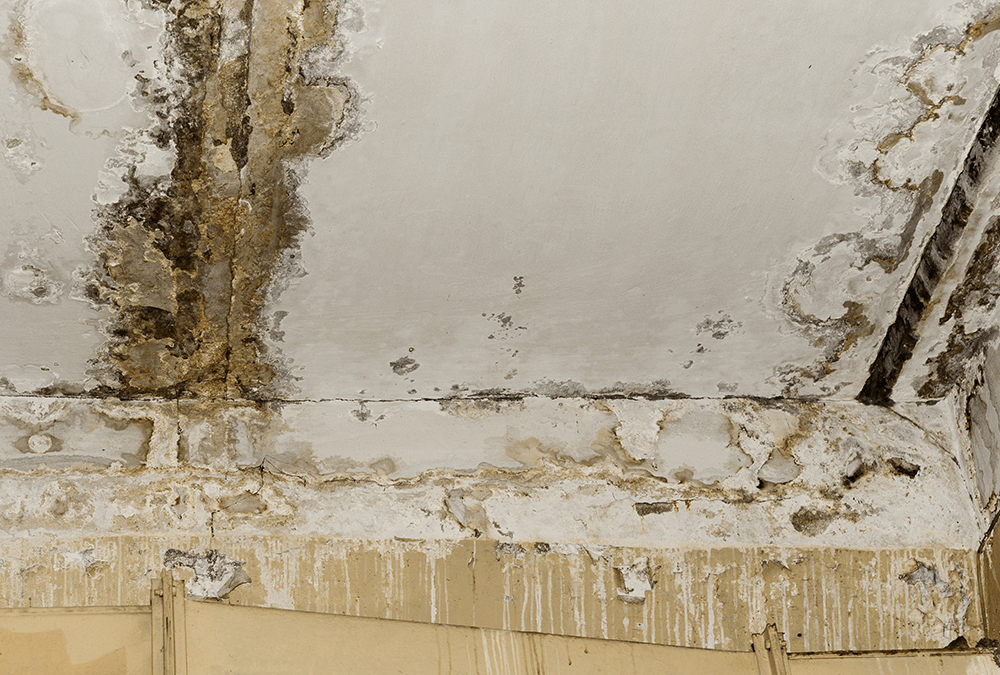Usual Root Causes Of Water Damage in a Bathroom
Usual Root Causes Of Water Damage in a Bathroom
Blog Article
What're your concepts on Looking for Signs of Water Damage in the Bathroom?

The bathroom is extremely at risk for damp accumulation and possible water damage due to the regular use of water in it. This write-up uses simple examination methods to help detecting water damages risks.
The frequent use water in the shower room makes it extremely prone for damp buildup and potential water damages. By checking it frequently, you can decrease water related problems.
The following collection of examinations is easy to perform and also ought to be done as soon as in every 3 months in order to keep your bathroom healthy as well as to prevent possible water damages brought on by the tub, the shower, pipe joints and also plumbing, sinks, cupboards, and the commode
Do not overlook performing these examinations and be detailed while doing them. Remember that these basic inspections can conserve you a lot of cash by supplying early signs for water damage
Bath tub and Shower
The shower and also tub call for special focus as well as upkeep. Check the floor tiles as well as change if broken. See to it that there is no missing cement between the floor tiles. Inspect and also replace split caulking at joints where the walls satisfy the flooring or the tub. Obstructed drains and also pipes issues will certainly avoid the bath tub from drying as well as may suggest significant problems underneath the bathtub. Seek advice from an expert immediately to avoid structural damage. Take notice of discolorations or soft areas around the tub walls as they may show an interior leakage.
Plumbing
Signs for water damage are tough to detect considering that most pipes are mounted inside the walls.
Pay unique focus to flooring and also walls wetness and spots as they might indicate an undetectable plumbing problem. Inspect dampness levels in adjoining areas as well.
Sinks as well as Cabinets
Sinks and also cabinets are subjected to dampness and also humidity everyday as well as are often neglected. Check regularly under the sink and on the counter top over it. Fix any drip in the trap as it may recommend drainpipe troubles. Check out the sink, slow draining pipes may indicate a blocked drain. Replace sink seals if they are split or loosened.
The Commode
The commode is an at risk water joint. Examine the water lines and also look for leakages around the commode seat, in the tube, and also under the water container. If you detect any signs of moisture on the floor around the toilet, check for leakages in the toilet edge and also container seals.
Realize that hanging commode dish antiperspirants raises the opportunities for obstructions.
Water Damage Signs In The Bathroom To Avoid Cleanup
Musty smell
This is one of the easiest signs to catch because musty smells are so odorous. The damp, earthy, moldy smell should be a big red flag. The smell will develop when moisture gets trapped in surfaces, and begins to facilitate mold growth. Leaking pipes under cabinets, inside walls, and behind shower fixtures will cause moisture to stay trapped and not dry, which will lead to mold growth and spread. As soon as you notice any musty smells in your bathroom, have it checked for hidden water damage and cleanup signs.
Visible mold
If the smell isn’t there to give it away, sometimes you will actually see mold growth. Finding mold in your bathroom is a serious problem, because mold is very harmful to your health. By the time mold growth is visible, it also means that water damage has already occurred and been present for some time. The only way the mold problem can be resolved is to find the source of the moisture and get it stopped. To safely and adequately remove mold, you need to have professionals handle the remediation. Do not waste any time in getting mold problems addressed, fixed, and sanitized so that you can protect you and your family from the many respiratory symptoms caused by mold exposure.
Damaged floors
Bathroom floors should be able to withstand some exposure to water while still remaining in good condition. However, when excess exposure or water leaks occur, they will begin to damage even the most water-resistant flooring. If you notice any cracking, bubbling, staining, or warping on your bathroom floors, there is probably a water leak somewhere causing the distortion. If you notice areas of the floor have become softer, or even have a spongy feeling, there is probably damage to the subfloor. Subflooring is typically made up of plywood. When plywood is exposed to water or moisture, it will absorb it. Once it has become saturated, the weight of the excess water will cause the wood to swell and soften. Check the floors in your bathroom frequently to catch any of these sings before they lead to damaged subflooring.
Changes on walls
When water leaks behind walls, it will cause changes in the drywall. Peeling plaster, blistering paint, and soggy wallpaper are all good indicators that excess water is building up behind the wall. Water leaking behind drywall will cause it to swell and be soft to the tough. If you start to notice gaps along the trim of your walls, or where tile meets the wall, it could also be a strong indicator that there is a leak behind the wall. Any changes, distortion, or damage on the walls should be evaluated as soon as you notice it to prevent further water damage and cleanup.

We were introduced to that editorial on How to Fix a Water Damage Bathroom through someone on our other blog. Be sure to take a moment to promote this blog post if you enjoyed reading it. Thanks a lot for taking the time to read it.
Schedule Report this page